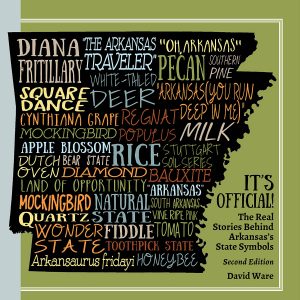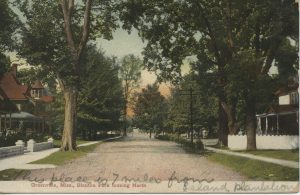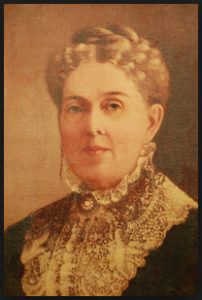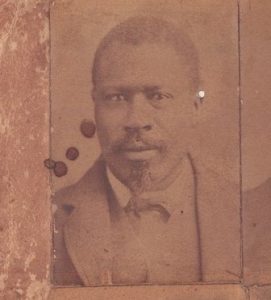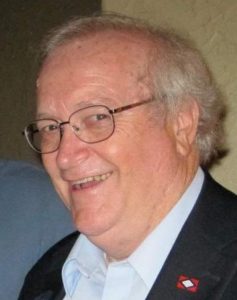Lakeport Legacies · September 27 · Casqui and Hernando de Soto’s Cross: Is Parkin the Place? · Dr. Jeffrey Mitchem (Parkin Archeological State Park/Arkansas Archeological Survey)
Lakeport Legacies · September 27 · Casqui and Hernando de Soto’s Cross: Is Parkin the Place? · Dr. Jeffrey Mitchem (Parkin Archeological State Park/Arkansas Archeological Survey)
Join us on Sept 27 for Dr. Jeffery Mitchem’s presentation on recent excavations at the Parkin Archeological Site. The excavations revisit the remains of a large wooden post, first seen by archaeologists in the 1960s, embedded in a Native American mound at the site. Archeologists have theorized the wood might be the remains of the cross erected by Hernando de Soto in 1541.

